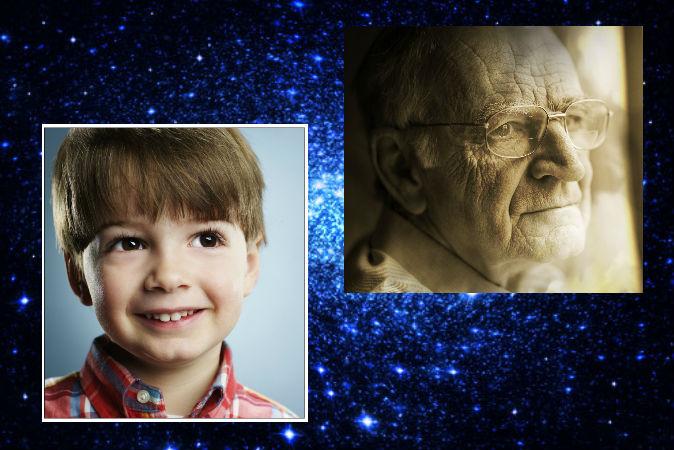Multiple researchers have thoroughly investigated cases of children who report past-life memories. In many cases, the details given by a child have been verified to correspond (sometimes with startling accuracy) to a deceased person. In other cases, the details have been more difficult to verify.
Even in the most convincing cases, some will find a grain of doubt. Could the parents have influenced their suggestible children with a certain line of questioning? Could the children have overheard information and repeated it without their parents’ knowledge? Could an overactive imagination or desire for attention have fueled the talk of a past life? Maybe probability can explain how the “memories” match up with real people or events, maybe they’re just lucky guesses.






